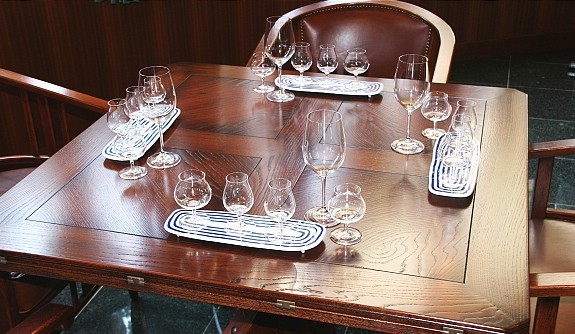Daishichi Sake Brewery after March 11
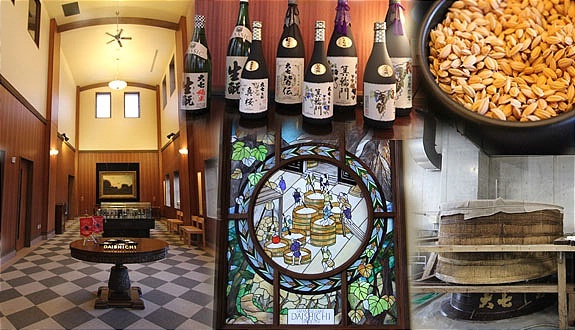
One of the most famous sake breweries in Fukushima is the Daishichi Sake Brewery, which has won many prestigious awards and accolades both nationally and internationally. This year marks its 260th anniversary and it is one of the few remaining breweries which continue using the traditional "Kimoto Method" for brewing sake. Sake produced by Daishichi have on many occasions been made the toast of events hosting royalty and world leaders. It has won praise from the best sommeliers in the world.
Japan-guide visited Daishichi, located in Nihonmatsu, Fukushima Prefecture, to better understand how the brewery coped with the recent crisis, as well as to learn about the measures that it has taken to ensure the quality and safety of its sake. The city of Nihonmatsu is situated inland, about 60 kilometers away from the troubled nuclear facility.
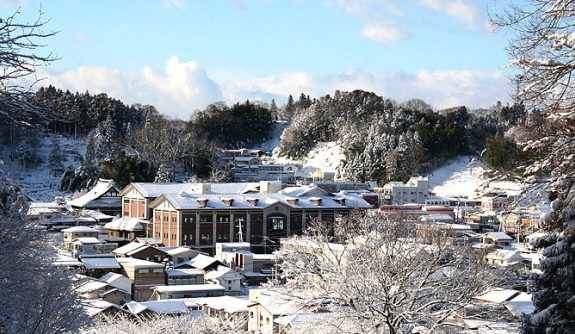
The facade of the building showed no visible damages. We later learnt from Mr. Ohta Hideharu, the tenth-generation Daishichi president, that the brewery suffered minimal damages in the form of cracks in some walls, which were quickly repaired. A special storing system designed to give the best protection to the sake bottles paid off, as not a single bottle was harmed during the strong earthquake. There were no damages to the machinery as well.
Crucial to the weathering of the crisis was Daishichi's prompt response in the immediate aftermath of the disaster. To avoid contamination entering the facilities, air conditioners and ventilators were immediately stopped. Windows and air ducts were sealed with plastic sheets to keep the buildings air-tight. Also adding to the protection of the facility are its thick concrete walls, especially so for the sake storage area which has to have even thicker walls in order to keep the products cool.
 |
 |
With a stroke of luck, electricity ran without stopping throughout the ordeal. The brewery was able to take permanent measures such as installing high-performance filters on all ventilation openings and air ducts, installing high-speed shutters and air curtains at the entrances of the bottling plant and products warehouse (to keep out air from the outside), and operating a radiation survey meter to thoroughly check the ingredients and products for contamination.
The main ingredients being used in sake production are rice and water. Daishichi receives its rice from Aizu-Wakamatsu, Toyama and Hyogo, and its water from an underground well within its own facility. All sources have been tested and proven radiation-free.
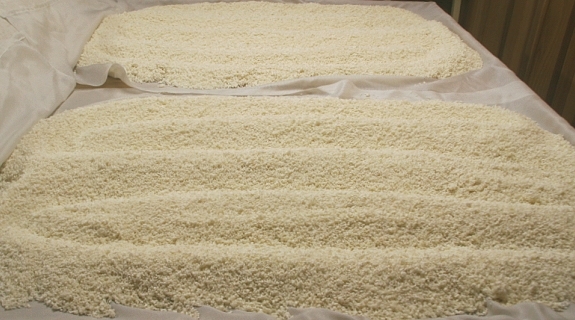
The earthquake did have an impact on business for a short time after it struck: because the infrastructure of the Tohoku Region was damaged and many roads were closed, Daishichi couldn't deliver its products even though the sake bottles were safe and waiting in the cellar. The brewery was pleasantly surprised when orders surged as soon as the roads were reopened, due to businesses all over Japan having to replenish their empty shelves which were used to house Daishichi sake bottles.
Currently, sales are up 10% compared to a year before, partly due to the solidarity which the nation showed in supporting products from the Tohoku Region. International sales have also not suffered due to the exemplary reputation that Daishichi retains.
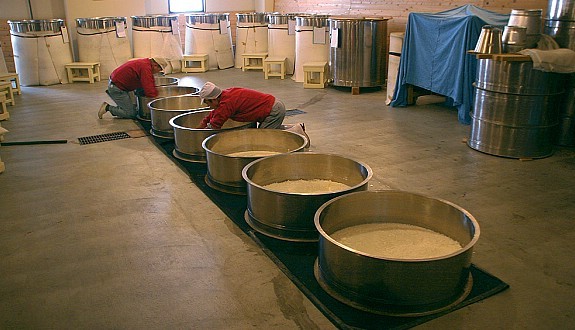
Mr. Ohta noted that not many of his Japanese nor international customers have asked him about the current nuclear predicament. However, he understands that they are probably just being polite and that it is usual for anybody to be worried about the situation. Therefore, he makes the effort to ensure that Daishichi's website is kept up to date. Indeed, japan-guide observed that the website, including the English pages, was quickly updated within a couple of days from the 3/11 incident, giving timely reports on the situation and notifying about the measures being employed.
With consumer confidence intact, the Daishichi Sake Brewery intends to maintain its high standards of producing exquisite, high quality sake. The brewery has also been increasingly successful in bringing its brand to overseas markets. It has now customers in many countries such as Holland, Norway, Singapore and the United States.
For more information on the unique Kimoto method of sake production, please take a look at the Daishichi Sake Brewery page.
